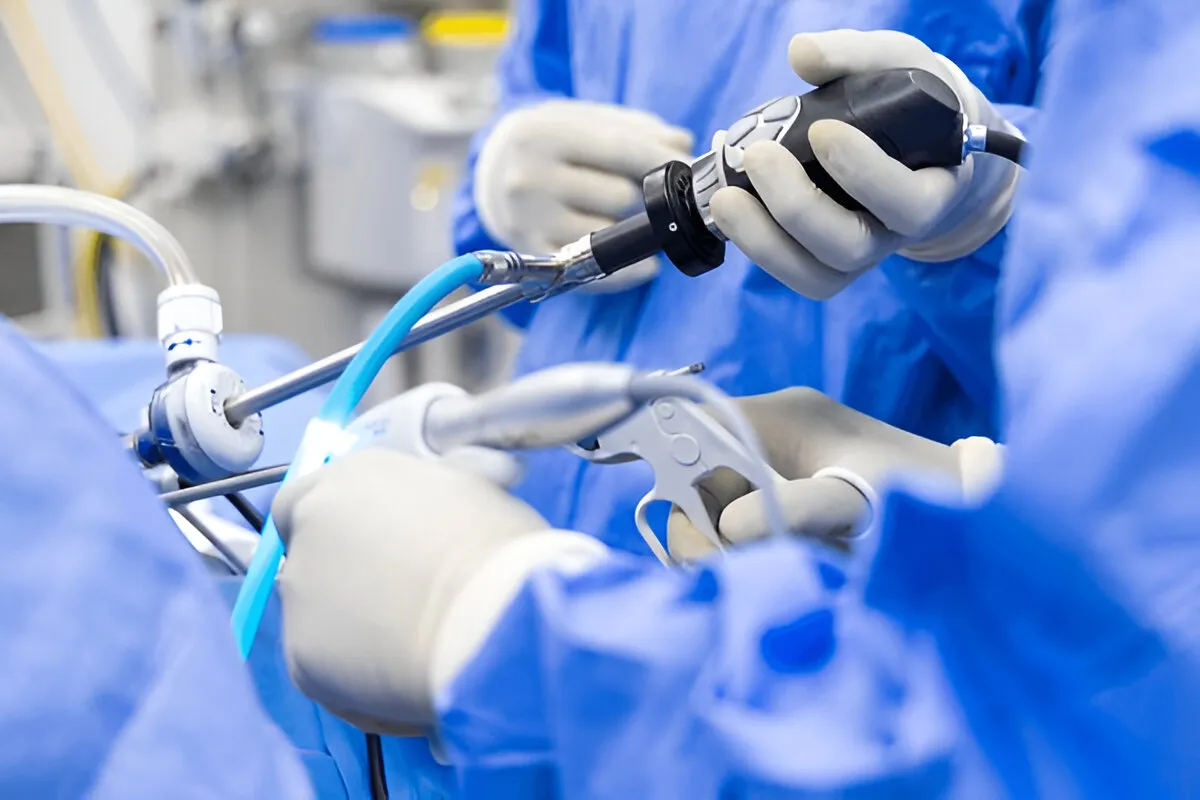Advancements in Orthopedic Technology
The landscape of orthopedic care is evolving rapidly, thanks to significant technological advancements. These innovations have fundamentally changed how healthcare professionals treat musculoskeletal conditions. Devices and systems once considered science fiction are now a reality, transforming surgical precision and patient outcomes. At the forefront of these advancements, OCC Ortho is leading the charge by implementing state-of-the-art technology to improve patient outcomes. From highly accurate imaging tools to advanced surgical robots, orthopedic professionals now have an arsenal of technology. These innovations enhance the precision of surgical procedures and significantly reduce recovery time, allowing patients to resume their normal activities much sooner.
Minimally Invasive Techniques
Minimally invasive techniques have become a staple in modern orthopedic procedures, crucial in enhancing patient care. These methods involve smaller incisions and are increasingly preferred for joint replacement and ligament repair surgeries. By reducing the incision size, these techniques help minimize the trauma inflicted on the body, consequently relieving pain and facilitating faster healing. Patients frequently return to regular activities more quickly and stay in the hospital for shorter periods, greatly enhancing their healthcare experience. As more healthcare providers integrate these methods into their practice, they’ve noticed improvements in clinical outcomes and significant increases in patient satisfaction and quality of life.
Innovative Materials and Techniques
Orthopedic care is not just about executing surgical procedures; it also heavily relies on the quality of materials used in treatments. Recent breakthroughs in materials science have introduced biocompatible implants designed to integrate seamlessly with the body’s tissues, thereby minimizing the risk of rejection and promoting faster healing. These materials provide patients with a smoother journey back to health, allowing them to regain function more effectively and efficiently.
The Role of Nanotechnology
Nanotechnology is emerging as a game-changer in the creation of these innovative materials. Including nanoparticles has significantly enhanced the durability and functionality of medical implants and prosthetics, offering solutions that were once deemed impossible. These advancements ensure that the treatments provided by orthopedic specialists are effective in the short term and sustainable in the long run. Incorporating nanotechnology allows medical devices to mimic the properties of natural tissues better, resulting in improved patient outcomes. The Mayo Clinic underscores how robotic surgery, in conjunction with these novel materials, shapes the future of orthopedic interventions. The synergy between materials science and orthopedic technology sets new patient care benchmarks.
Also Read: 5 Key Benefits of CPD Training for Mental Health Professionals
Building Custom Treatment Plans
Developing a custom treatment plan involves a comprehensive and multidisciplinary approach. Collaborating with various healthcare specialists ensures that all aspects of a patient’s health are considered. This personalized strategy enhances the effectiveness of treatment and boosts patient morale, as they feel a sense of ownership and empowerment over their healthcare journey. Knowing that their care is uniquely catered to their circumstances can significantly improve their engagement in the treatment process and positively affect outcomes.
The Growing Role of Telemedicine
Telemedicine is a rapidly growing field in orthopedics, enabling patients to consult with specialists across geographical boundaries. This technological advancement ensures quality care is available universally and provides patients with convenience. It also ensures continuity in care, ensuring patients remain connected to their healthcare providers. The future of orthopedic care holds endless possibilities, with research in nanotechnology, AI, and personalized care redefining the boundaries of orthopedic healthcare.

